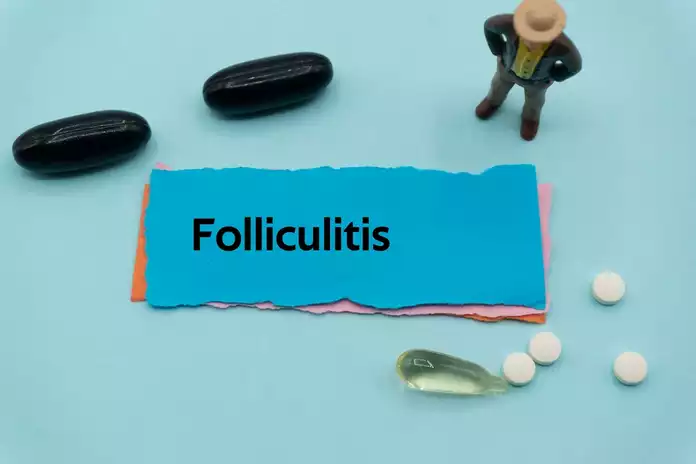Folliculitis Treatment & Management

Treatment options for folliculitis vary depending on the severity and underlying cause of the condition. These include: (4)
- Self-care measures: Mild cases of folliculitis can often be treated with self-care measures, such as applying warm compresses to the affected area, keeping the area clean and dry, and avoiding shaving or irritating the affected skin.
- Topical antibiotics: Topical antibiotics such as mupirocin or clindamycin can be prescribed by a healthcare provider to treat bacterial folliculitis. These medications are applied directly to the affected skin.
- Oral antibiotics: In more severe cases of bacterial folliculitis, oral antibiotics may be prescribed. These medications are taken by mouth and can include drugs such as cephalexin, doxycycline, or trimethoprim-sulfamethoxazole.
- Antifungal medications: For cases of fungal folliculitis, antifungal medications such as ketoconazole or terbinafine may be prescribed.
- Corticosteroids: In cases of folliculitis caused by inflammation, corticosteroid creams or ointments may be prescribed to reduce inflammation and itching.
- Laser hair removal: It can be an effective treatment option to remove the hair follicles in chronic cases of folliculitis that are causing the inflammation.
It’s important to note that some cases of folliculitis may require a combination of treatments or additional testing to identify the underlying cause. A healthcare provider can provide guidance on the best treatment plan for an individual case of folliculitis.

